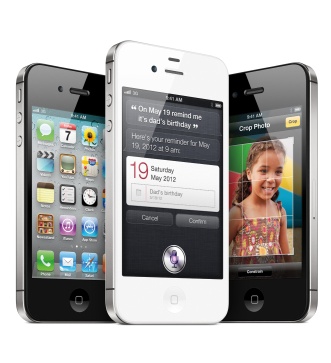I’m not yet ready to get all my books at Apple’s iBookstore or Amazon (too hard to share ’em), but I’ve pretty much gone all digital when it comes to newspapers, preferring to read ’em on my iPad. Evidently, I’m not alone.
ComScore (www.comscore.com), a company that “measures the digital world,” recently released a study of tablet newspaper and magazine readership based on data from its comScore TabLens service. The study found that nearly two in five U.S. tablet owners read newspapers and/or magazines on their device in August, with one in 10 reading publications almost daily.
“Tablets are fundamentally redefining how people consume news and information, with the format more conducive to reading longer form content than PCs or smartphones,” says Mark Donovan, comScore senior vice president of Mobile. “In the case of online newspapers, tablets are now driving 7 percent of total page views, an impressive figure considering the relative infancy of the tablet space. Publishers that understand how these devices are shifting consumption dynamics will be best positioned to leverage this platform to not only drive incremental engagement among current subscribers but also attract new readers.”
Kindle Fire users demonstrated the greatest tendency to read newspapers, with 39.2 % doing so in August, slightly edging out iPad at 38.3%. NOOK Tablet owners boasted the greatest percentage of high-frequency newspaper readers with 13.4% doing so on a near daily basis.
Magazines/periodicals showed even higher readership rates than newspapers with 39.6% of tablet owners reading magazines on their device during the month. Kindle Fire owners once again showed the highest readership rate at 43.9%, followed by iPad users at 40.3%.
ComScore’s analysis into readership demographics revealed that newspaper and magazine tablet audiences closely resembled one another in gender, age and household income distribution. Across both newspapers and magazines, readers were significantly more likely to be male. Newspaper audiences were 17% more likely to be male compared to an average tablet owner, while magazine audiences were 11% more likely to be male.
People between the ages of 25-34 represented the highest share of readers, accounting for 27.4% of newspaper consumers and 28.2% of magazine/periodical consumers, while people age 35-44 accounted for one in five readers in both categories. More than half of readers had a household income of $75k or greater, while those in the highest income segment of $100k or greater skewed most heavily toward readership.
— Dennis Sellers



